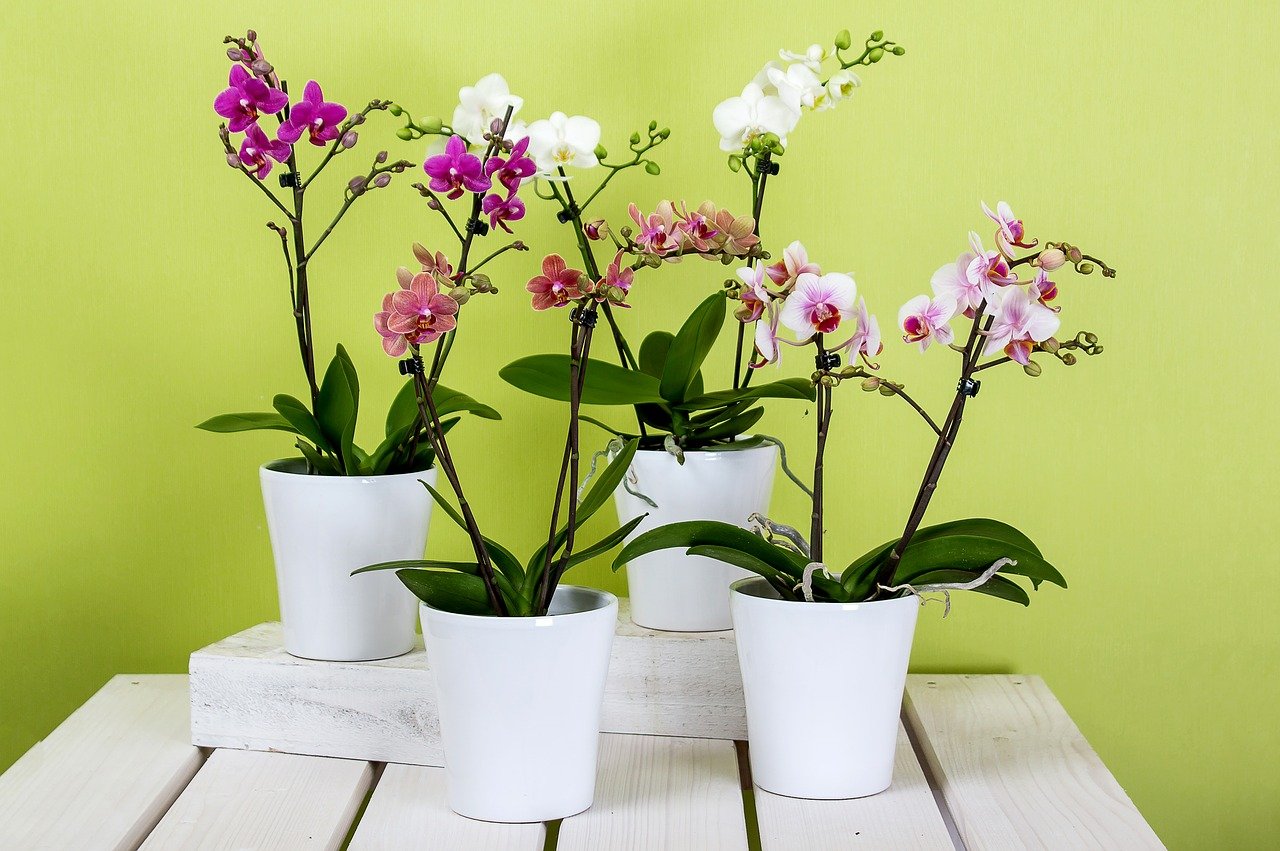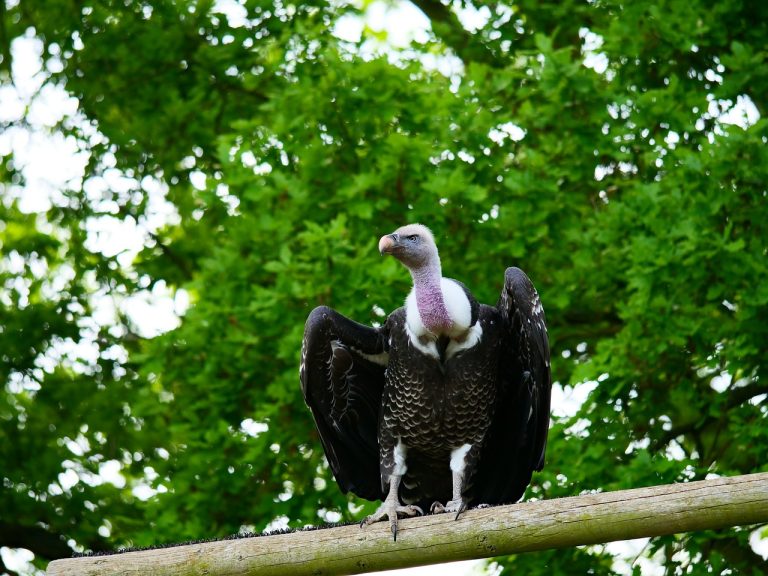Amazing Orchids

“Consider the lilies, how they grow: they neither toil nor spin; and yet I say to you, even Solomon in all his glory was not arrayed like one of these.” [Luke 12:27]
Orchids are truly amazing flowers! They represent the largest family of flowering plants in the world and come in a kaleidoscope of diversity. There are about 25,000 species of orchids. That’s four times as many species as mammals, and twice as many as birds. Orchids grow on six continents in almost every habitat ranging from deserts to swamps, alpine pastures to polar tundra, but most species are found in the wet tropical forests. If you like vanilla, you actually like orchids. The vanilla stick is simply the fermented and blackened pod of an orchid found in Mexico.
Like many plants, orchids need outside help to pollinate and reproduce. Because few orchids offer nectar or edible pollen, they must resort to a broad array of very creative aromatic, visual, or tactile tricks to attract potential pollinators. Some orchid petals imitate bees or butterflies; other can look like lizards, frogs, or even hummingbirds. Others mimic male bees in flight, hoping to incite territorial combat that will result in pollination.
The flowers may produce attractive odors to lure bees with sweet promise by copying the appearance and scent of nectar-producing flowers, while others, as in the case of a Dracula orchid, attract gnats or flies by producing an array of nasty smells like fungus, rotten meat, or even dirty diapers.
Some orchids promise shelter, with petals in the shape of insect burrows. The bugs crawl in for protection and come out with pollen. Certain orchids accomplish pollination by mimicking the appearance, scent, and even the feel of a particular female bee. When a male bee jostles the orchid’s column, two yellow sacs packed with pollen are stuck to his back with quick-drying glue. Then there’s the catasetum (kat-uhsee-tum) orchids, which slingshot a sticky pollen-loaded bundle on any hapless insect that bumps the trigger.
Obviously, these flowers don’t see or hear, and they’re unaware of their own colors and patterns. Mindless flowers could never develop this astounding arsenal of pollinating methods by themselves. It took the hand of an intelligent Creator-God who loves and cares for all of His creations. In the words of Psalm 104:24: “O Lord, how manifold are Your works! In wisdom You have made them all.”





